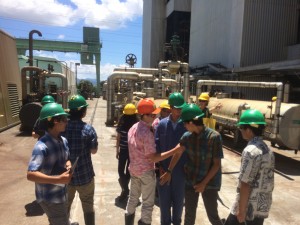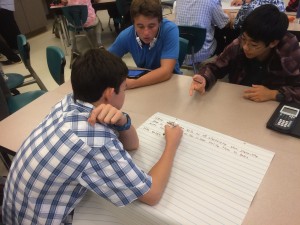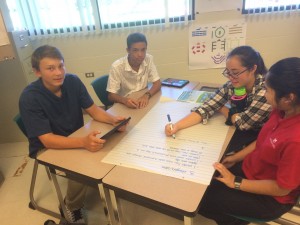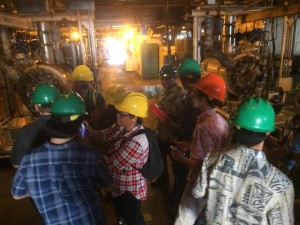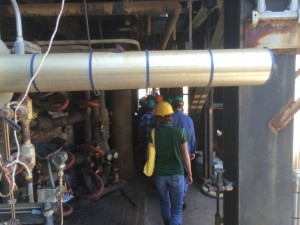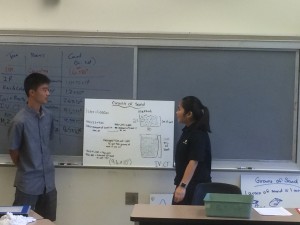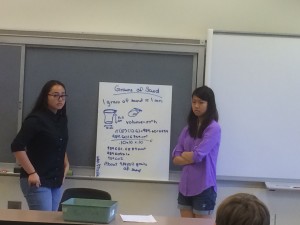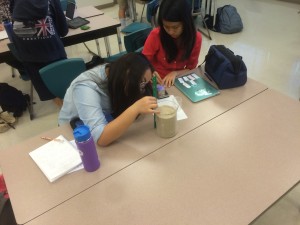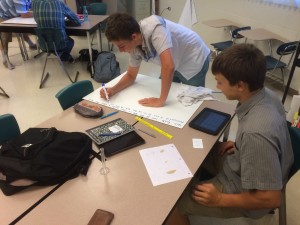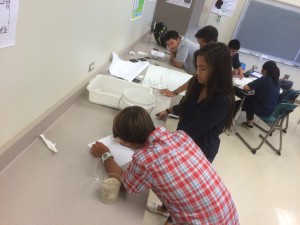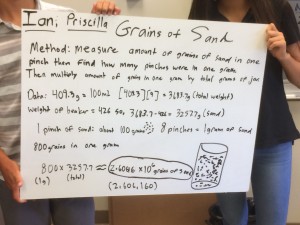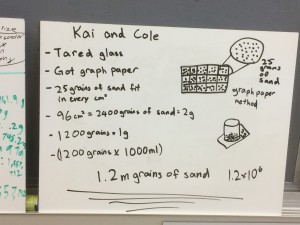For Laura, my co-teacher, and I, we are working towards better laying the foundation for why we need to look at alternatives to lifestyle choices we take for granted in the context of climate change, and the even greater issue around sustainable lifestyles. Since much of our work will focus around energy and transportation, we thought a trip to the power plant at Waiau would give us an opportunity to have the students start grappling with energy and sustainable living. The students did preliminary readings and outdoor walks to look at the ways that electrical energy is both made and brought to our homes, schools and businesses. The trip then served as an opportunity to see both the marvelous engineering that goes into building something on that scale, as well as the inherent challenges given the way the world is heading. Some pictures from that trip here:
when we came back, we ask them in teams to generate responses to a three, two, one bridge thinking routine – three thoughts, two questions, one analogy. This gave them a chance to both reflect and broaden their thinking about their experience today. More to come…

